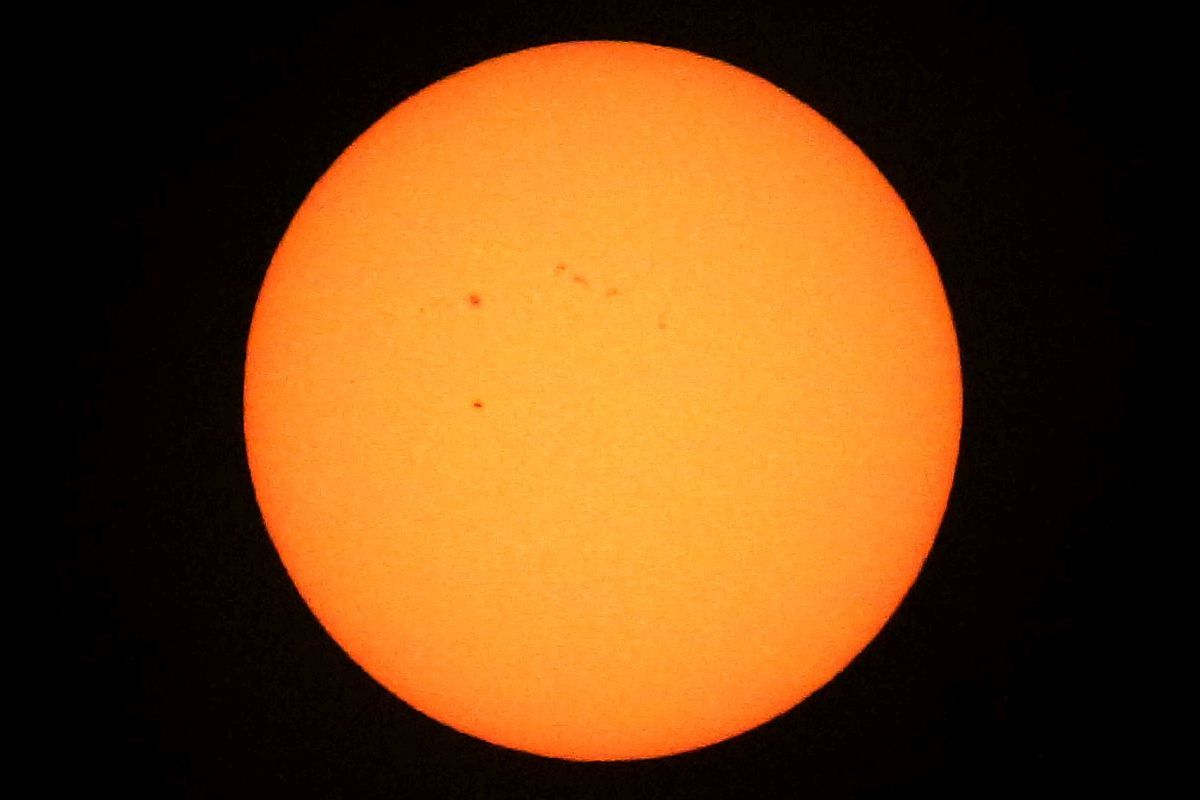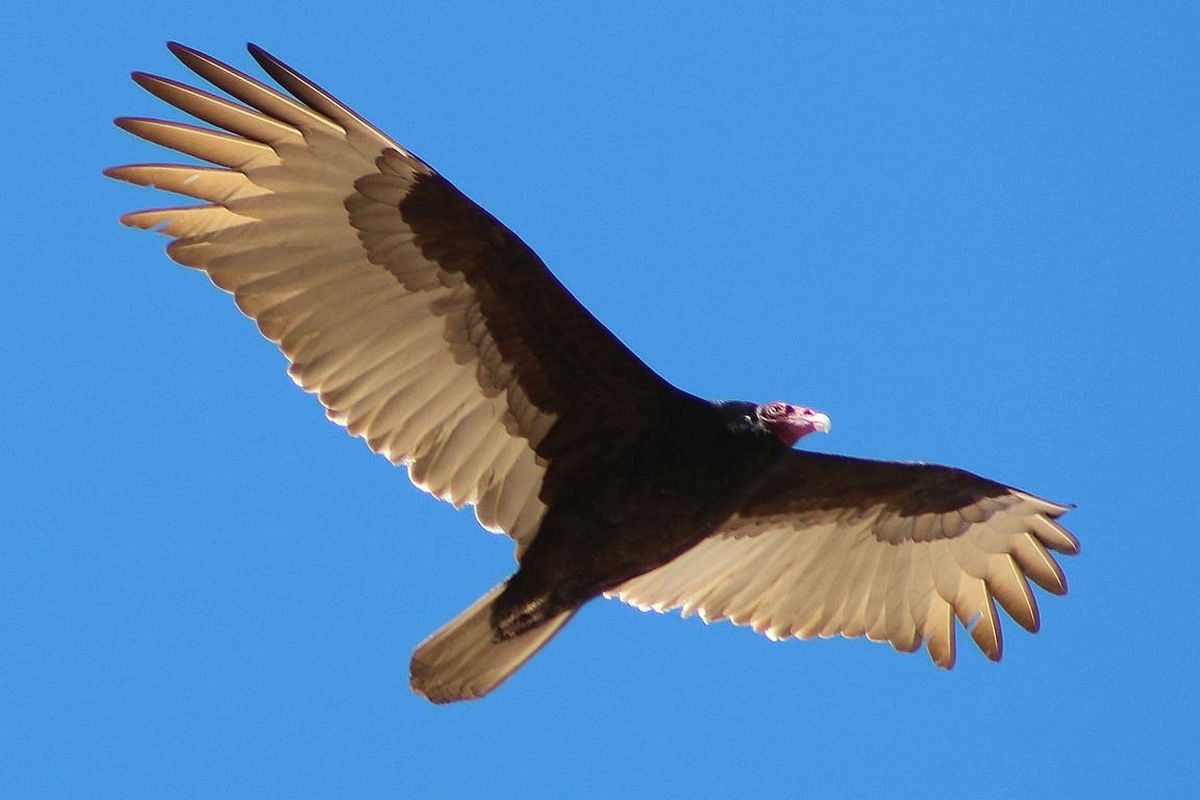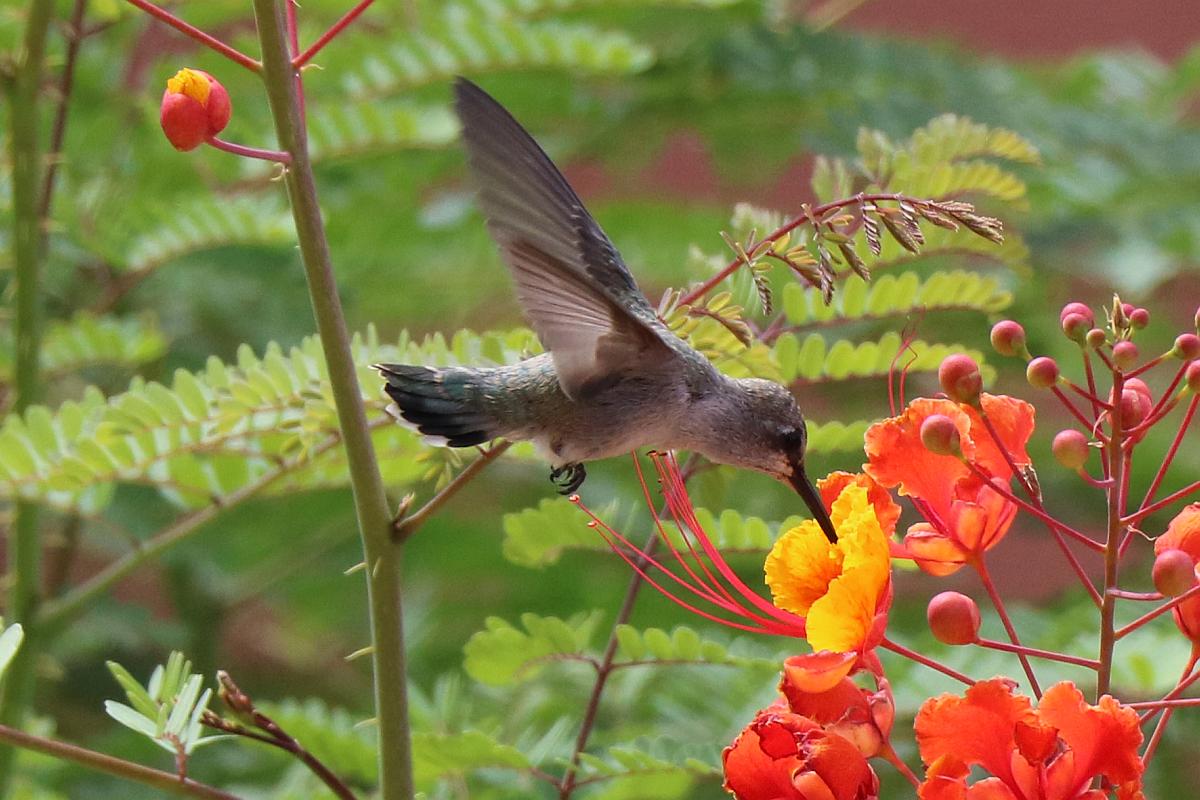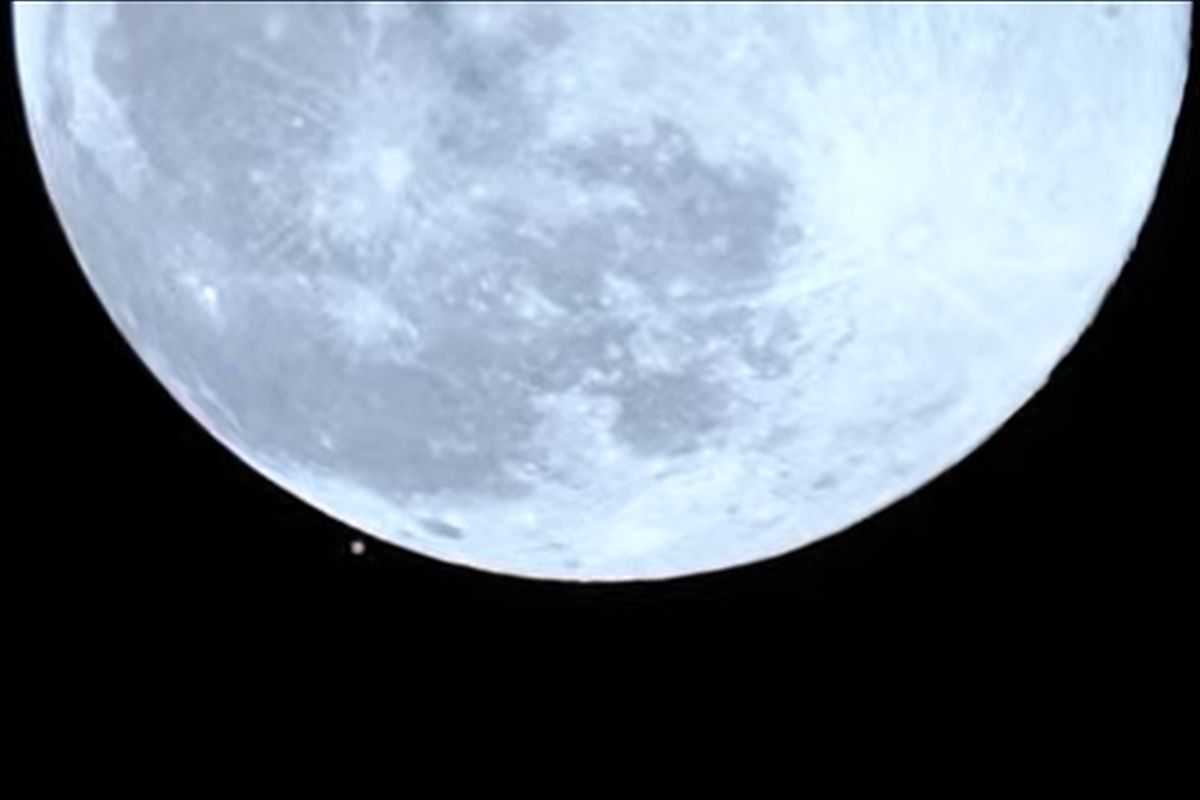Astronomy
Solar Astrophotography
In anticipation of the Annular Solar Eclipse on October 14, 2023, I got out the Canon SL1 camera and associated accessories to photograph the solar disk. I used the Canon EF 100-400mm along with a Thousand Oaks Optical threaded SolarLite® filter to get the (clickable) image above. I had to experiment with the camera settings to get the image and further had to adjust it using a photo processing app.
The setup resolved the solar disk and a couple or three sunspots currently visible; the two larger sunspot visible are 3297 and below that 3294. Those numbers are according to SpaceWeather.com.
As I mentioned above, I had to experiment with the camera settings a bit. Using the camera’s Programmed (P) setting, the images were overexposed. I switched to the shutter speed priority setting and tried several exposure times from 1/1000 second, 1/2000 second, and 1/4000 second. The latter, which is the fastest shutter speed on the camera, captured enough of the details needed to produce the image seen above and will certainly be good enough for the annular eclipse. For the total eclipse in April of 2024, it will be necessary to remove the attenuating filter during totality in order to capture the details of the solar limb and the spectacular appearance of the solar corona.
Vernal Equinox 2023

OK — the first day of Spring and the Equinox are here. The nights of darkness and days of sunlight are of equal lengths, according to the official astronomical ephemeris. However, at our particular latitude and longitude here in Arizona, the day length grew to just over twelve hours last Wednesday per the actual observed sunrise to sunset times. So, we can look forward to longer days peaking at the Summer Solstice and then on to the Fall Equinox when they fall back to be less than 12 hours again.
As of a couple of weeks ago, the Turkey Buzzards have begun to migrate back to Arizona and other northern places, I assume. These vultures bring the promise of warmer conditions for us, although there is still some cooler weather and precipitation still headed our way.
Even though it will be a month or more before the Pride of Barbados or Red Bird of Paradise shrubs to return from their winter slumber (we cut them back to nearly ground level in the fall). We expect that the hummers will begin to take advantage of the nectar when the gorgeous flowers return to our courtyard.
Enjoy the warmer weather and longer daylight. We know we will be enjoying the spring weather, birds and flowers.
Images courtesy of Verna.
Lunar Occultation of Mars
Verna and I witnessed the occultation of Planet Mars by Earth’s Moon this evening. At about 7:32 PM Arizona Time, Mars could be seen to disappear behind the Moon and would emerge again about an hour later on the opposite side of the Moon. In the image above (courtesy Griffith Observatory) you can see the tiny Martian dot just below and to the left of the Lunar limb. This is just about the same as we saw it around 7:30PM tonight. We came back outside at 8:30PM and witnessed the re-appearance of the Martian dot on the upper right Lunar limb – very impressive (and nerdy). We both enjoyed it and commented that it was a fun thing to do. We also had witnessed a visible flyover of the International Space Station about fifteen minutes prior to the beginning of the occultation.
From In The Sky — About this occultation:
The Moon will pass in front of Mars, creating a lunar occultation visible from parts of the Americas, Europe and Northern Africa.
Lunar occultations are only ever visible from a small fraction of the Earth’s surface. Since the Moon is much closer to the Earth than other celestial objects, its exact position in the sky differs depending on your exact location on Earth due to its large parallax. The position of the Moon as seen from two points on opposite sides of the Earth varies by up to two degrees, or four times the diameter of the full moon.
This means that if the Moon is aligned to pass in front of a particular object for an observer on one side of the Earth, it will appear up to two degrees away from that object on the other side of the Earth.
At the time of the occultation, the Moon will be 15 days past new moon and will be 100% illuminated.






